|
After spending 3 days visiting the more popular tourist spots in and around Cape Town we realized that we had missed one of the most prominent areas found near every major city in South Africa - the townships (also referred to as Shanty Towns or informal settlements). These townships are seldom visited by tourists, many of whom are afraid to enter the communities which are said to have high incidents of crime, violence and drug abuse fueled by staggering unemployment. While this may be true, there is an overwhelming sense of resilience and drive for survival for those struggling to eke out an existence and hopefully, provide a better future for their families. In the context of grasping a better understanding of the political and cultural dynamic of South Africa, and following some discussion and online research, we opted to take a 1/2 day walking tour of Langa Township, one of the 6 townships in Cape Town. We took an Uber from our apartment to a meet up location in the heart of Langa Township - a modern Cultural Centre which serves the local community - where we met our guide Zuzeka of the Xhosa tribe. Before beginning our walk through Langa, she gave us some background and history on the townships. These settlements were initially set up as communities of hostels for Black and Coloured men coming to work in the city. Each hostel was a large room with 16 cots to house 16 men. Women were not allowed in the settlements. During apartheid, families began living in the hostels. Eventually, families would build shacks from wood, zinc and plastic and move their families into the shacks. More and more shacks were built. After Apartheid, the government began building subsidized housing and moving people from the shacks into the government houses. As people moved out of the shacks, other families would move in. There is currently a 10 year waiting period for anyone who wants to move into a government dwelling. There are approximately 70,000 people living on about 750 acres in Langa township. The community is totally self-contained with local markets and cottage industry businesses catering to the needs of the residents. Tribal traditions still exist in the communities – rites of passage including circumcision for teenage boys; sacrificing of lambs including the eating of the tongue, cheeks and eyeballs of the sheep’s head. We walked down one street where there were dozens of sheep heads laid out and waiting to be prepared for tribal ceremonies. Despite the outward appearances that may be shocking to visiting tourists, there is a strong sense of community and hope in Langa. Zuzeka grew up in the township and is now attending University to become a teacher. When she was a girl in the township, a visiting American philanthropist sponsored her and several dozen other girls to attend private school and later University. She and her husband, also studying to teach, are committed to providing much needed education to the Langa community. Many former Langa inhabitants who have since left the township continue to live nearby in homes that they have acquired and provide hope and inspiration to the community of Langa. Others strive to break the poverty and unemployment cycle while still living in the township. We visited a woman who has started a catering business out of her house. Her business is managed from her tiny kitchen. We entered her front door and walked through her dining room to her kitchen where she and two other women were preparing dozens of pastries and baked goods including rostile bread. The fresh bread is stuffed with chicken or beef and they were delicious. Her children were occupying themselves in the dining room. She has a window at the back of her kitchen where people come and order food. We also visited a long time resident named Shoota (derived from Shorter - because he is short) . He lives in a self-made shack that was built over a weekend from tin, plastic and wood. He used to live nearby in the old beer house, but when he got married, he moved out and built the shack for he and his wife and children. He is now 68 years old, his wife has since passed away and he is now on the list for a government house. Shoota’s 17 year old daughter has moved in with his son where it is much safer for a young woman to be than living in a shack beside a home brewery where drunken men are hanging around. Every Sunday she comes to visit Shoota for dinner where he prepares a special meal in his makeshift kitchen. The beer house where Shoota was living has been converted into a hostel for families. The long building has been divided into 2 rows by a central hallway running the length of the building. Each row is further divided into 11 rooms. At one time there were 3 families living in each room. As we walked through the beer house, a group of 5 or 6 very young children were playing near the doorway. They were very excited to see us and a boy of about 3 hugged my leg. There were no adults or older children with this group. We visited another hostel where there is a communal bathroom outside for everyone to share. Water is free in the settlement but electricity must be prepaid. As a result, everyone 'borrows' electricity by connecting to the main lines that run through the settlement. In some places, freight containers have been brought in, initially to provide temporary housing, which has now become permanent. Each container houses 2 families. Doors and windows have been cut into one side to provide an entrance and lighting. The Langa community has evolved into 4 classes - lower class, middle class, upper middle class and upper class. The lower class live in the shacks while the middle class are those who have moved into government housing with subsided rent. Upper middle class are those who have been granted land and have built their own house (the woman who had the catering business was considered upper middle class). They are not allowed to sell the house unless everyone in the family is in agreement - the house is usually passed down from generation to generation. Upper class are those who originated in the community, that have received an education and are working but have elected to stay and give back to the community. These people have bought homes and are an example for those in the shacks of what they can aspire to. At the end of our tour, we spent some time in the cultural centre and saw some of the crafts made by the community - wire works, beadwork, carvings, paintings. While we had initially debated the prospect of visiting Langa, the experience was humbling and introspective, giving us a much better understanding of what life is like for millions of South Africans and how incredibly fortunate we are to live where we do. We took an Uber back to the apartment and spent the afternoon organizing, packing and relaxing on our last day in Cape Town. After much discussion about our day in Langa, we headed for dinner at about 7:00pm to look for a Italian restaurant called Pigalle that had been recommended by our tour guide. We enjoyed line fish and lamb while the live band played soothing jazz music. A lovely end to our time in Cape Town. Continue to Day 5 - click here
0 Comments
Your comment will be posted after it is approved.
Leave a Reply. |
Sharing Our Travel DreamsSharing our personal experiences onboard and on the road, along with tips and insight for creating memorable vacations. Archives
March 2021
Categories
All
|
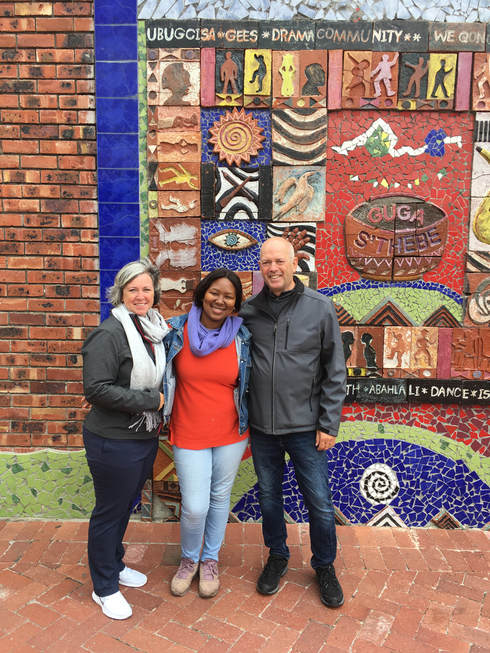
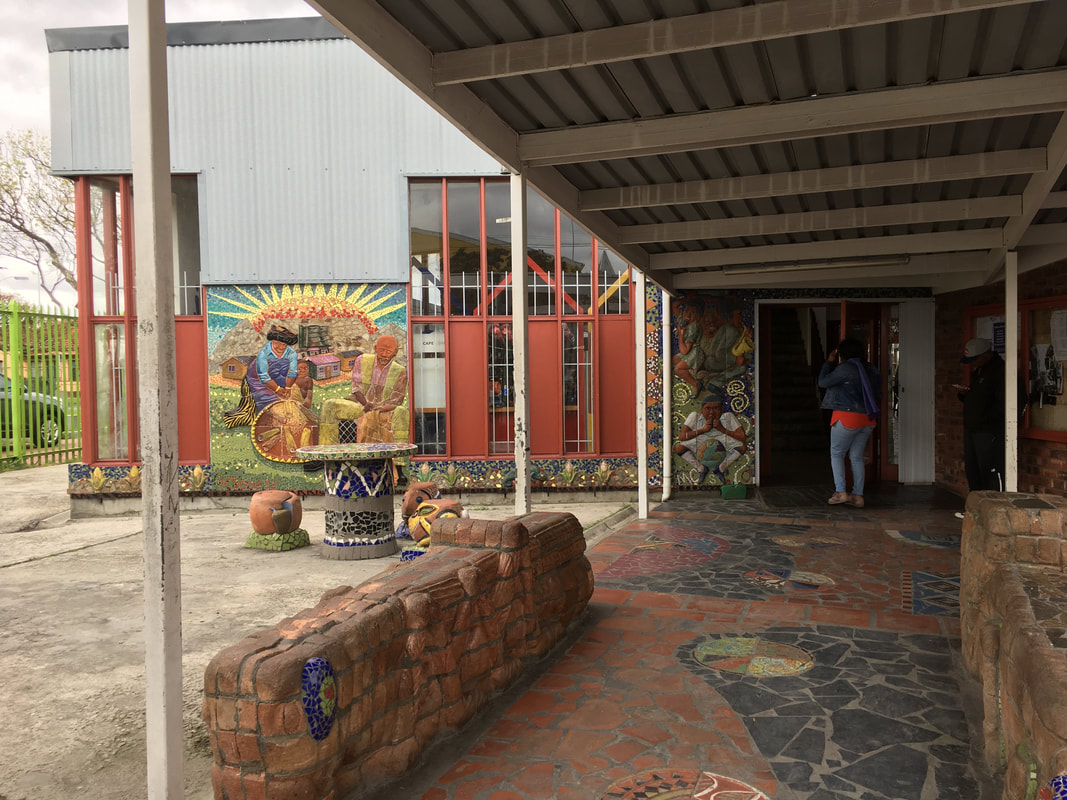
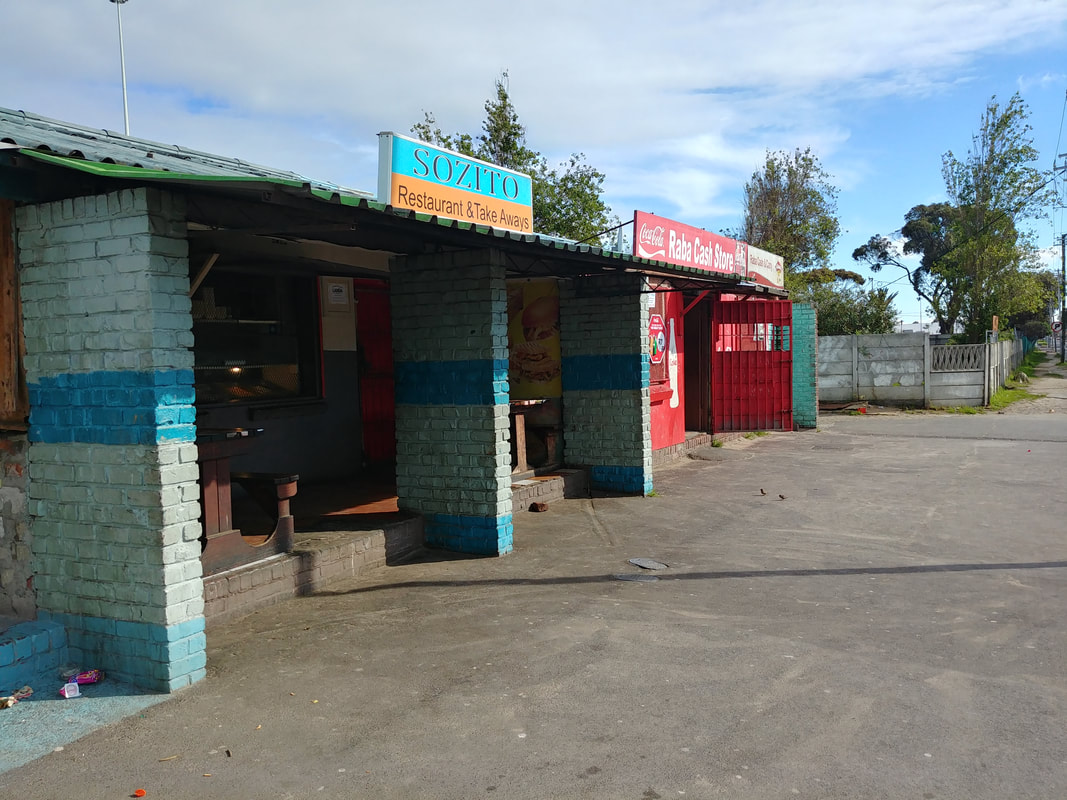
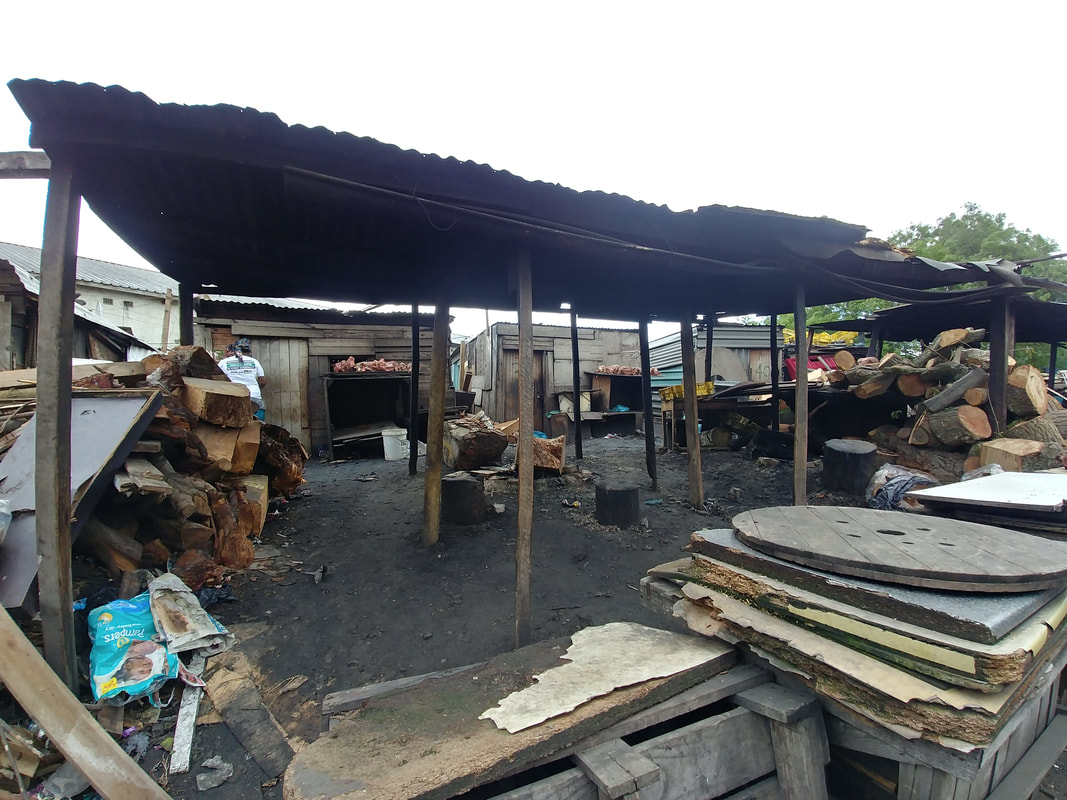
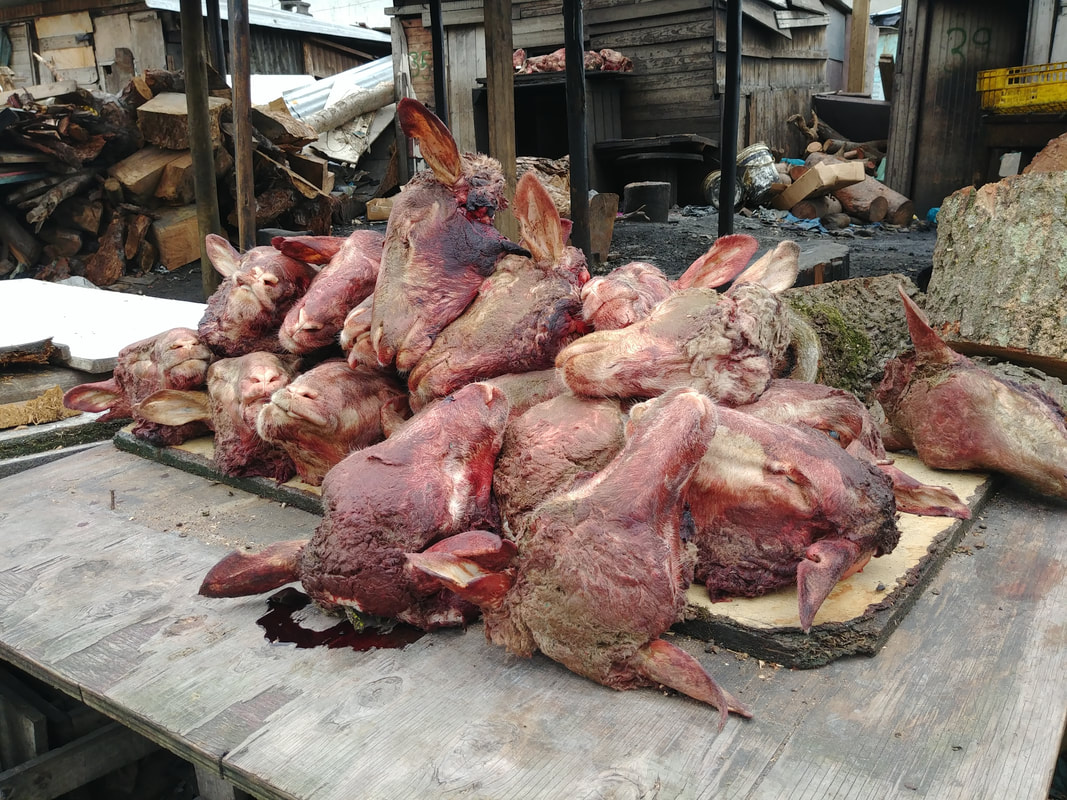
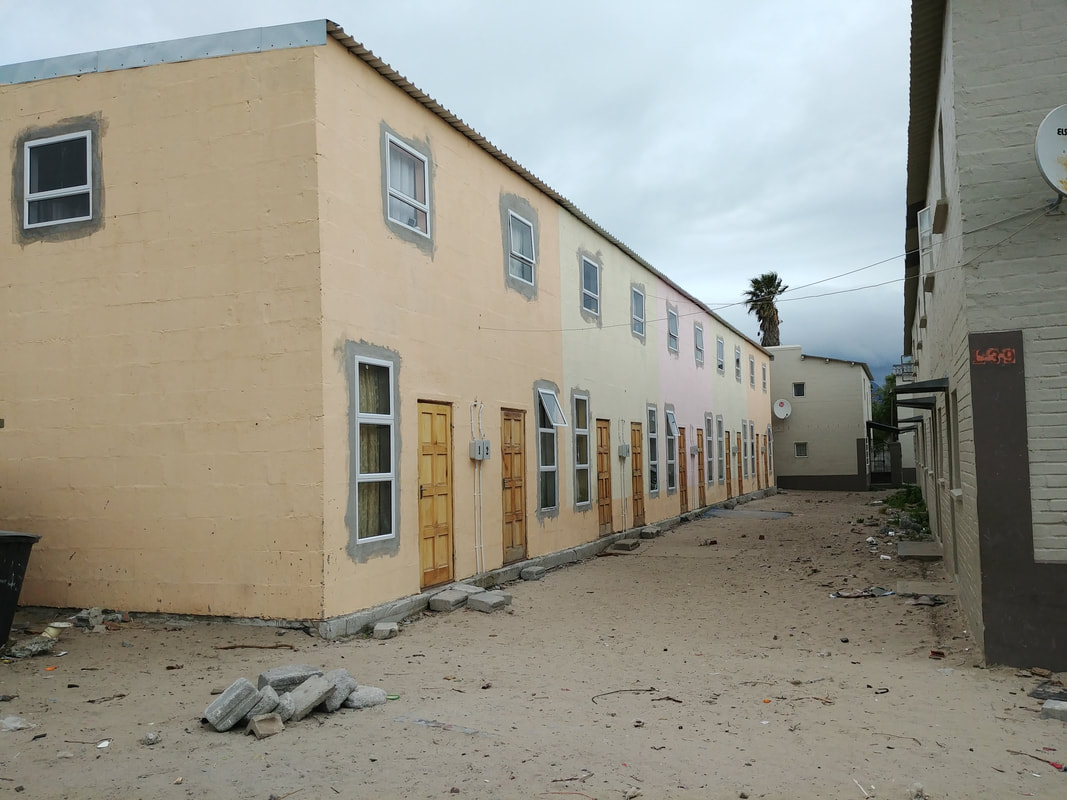
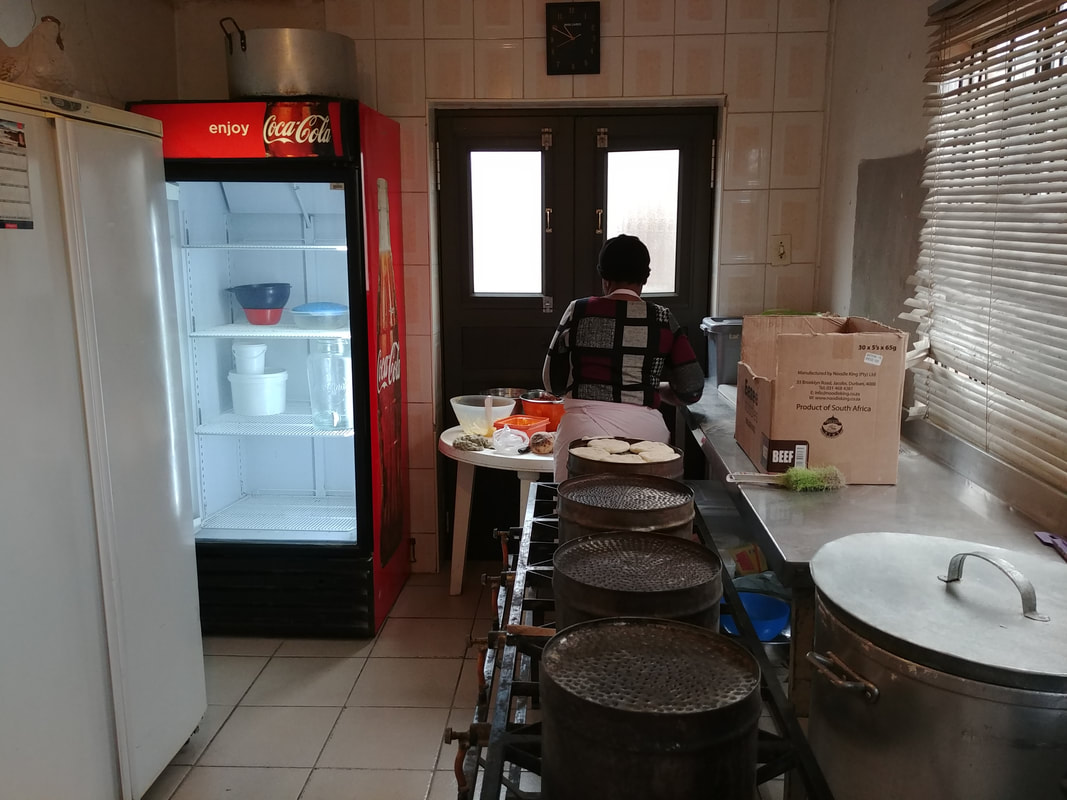
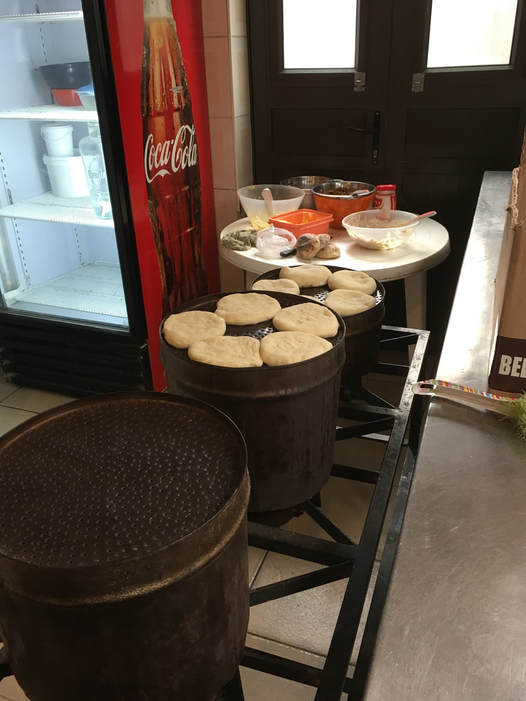
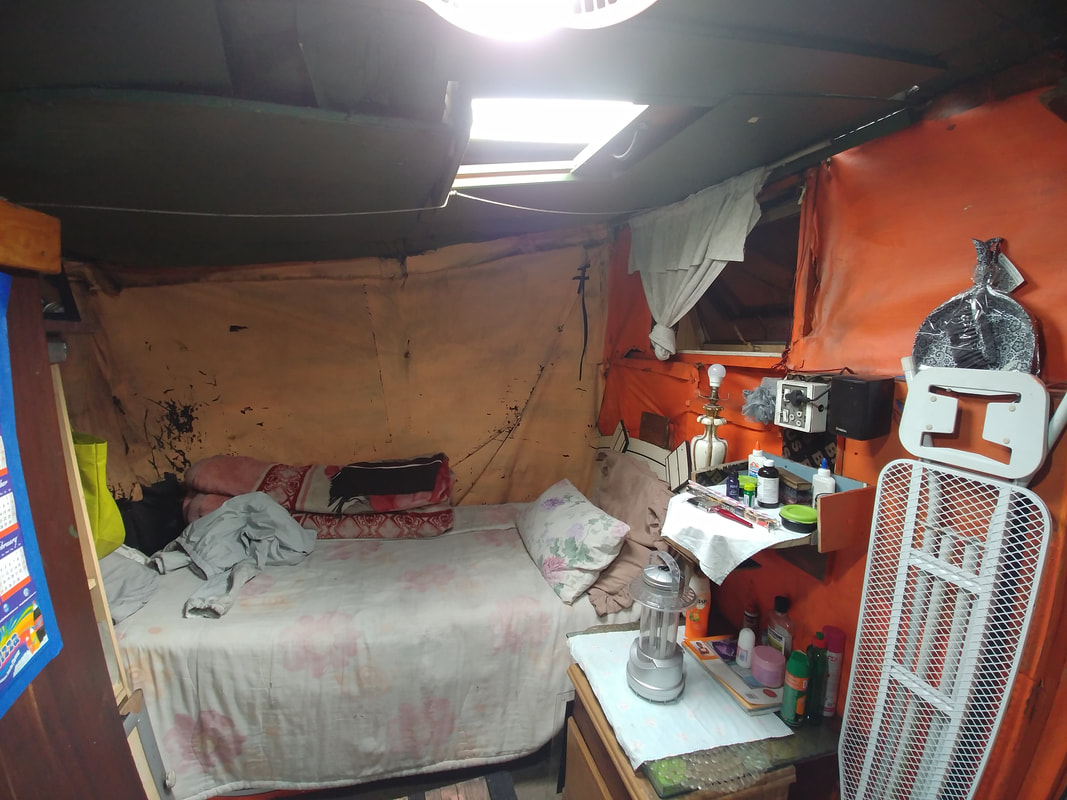
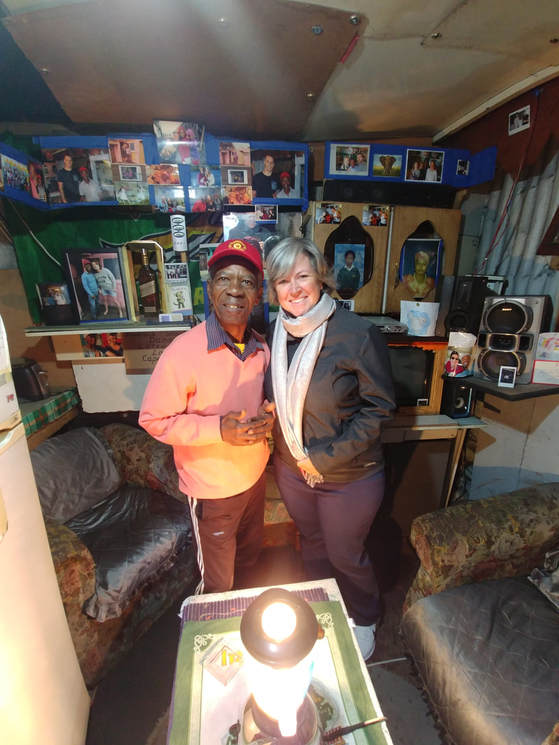
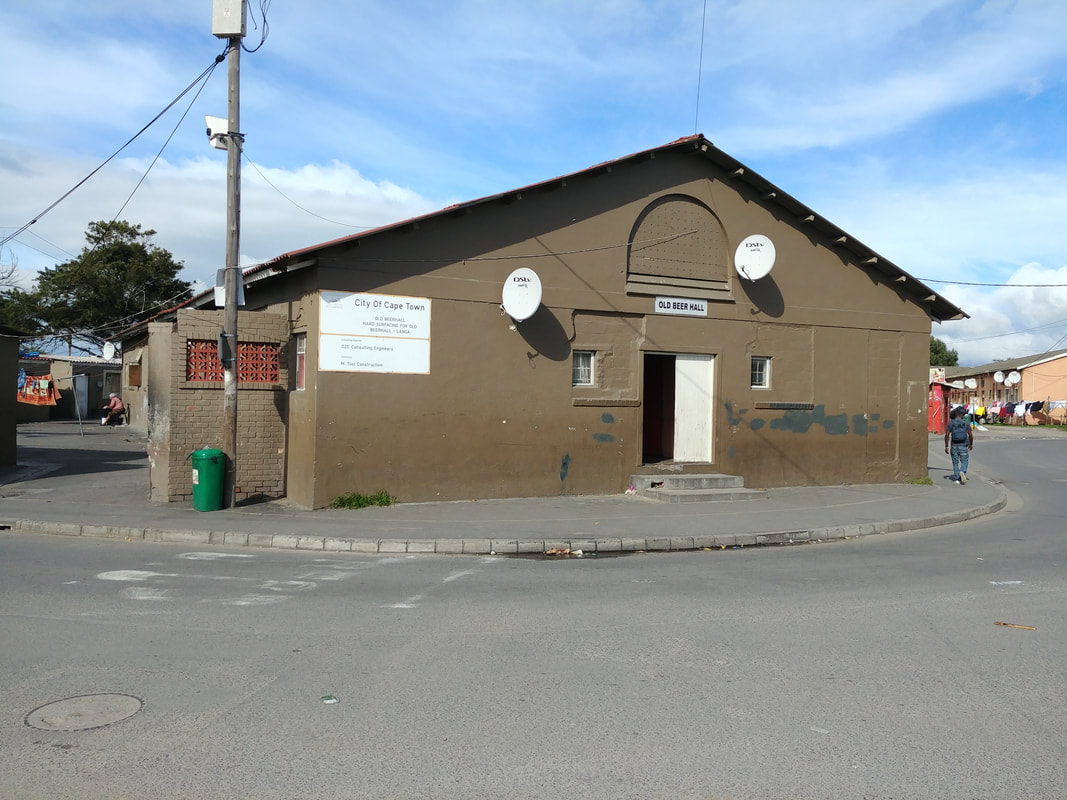
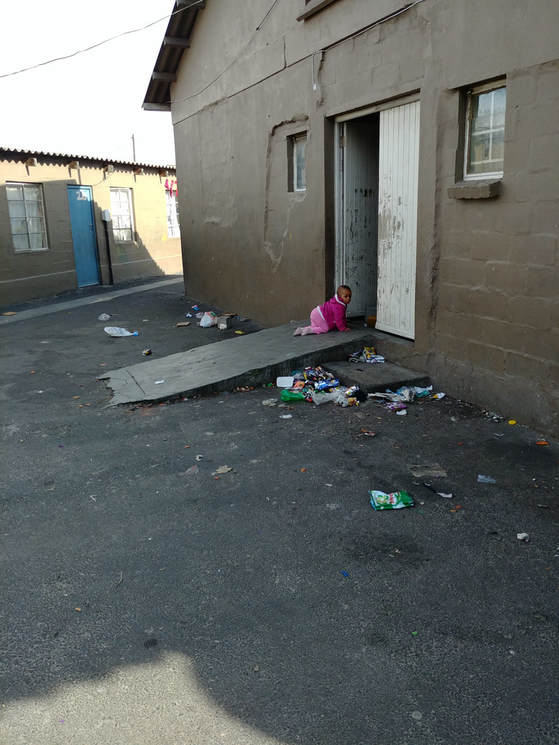
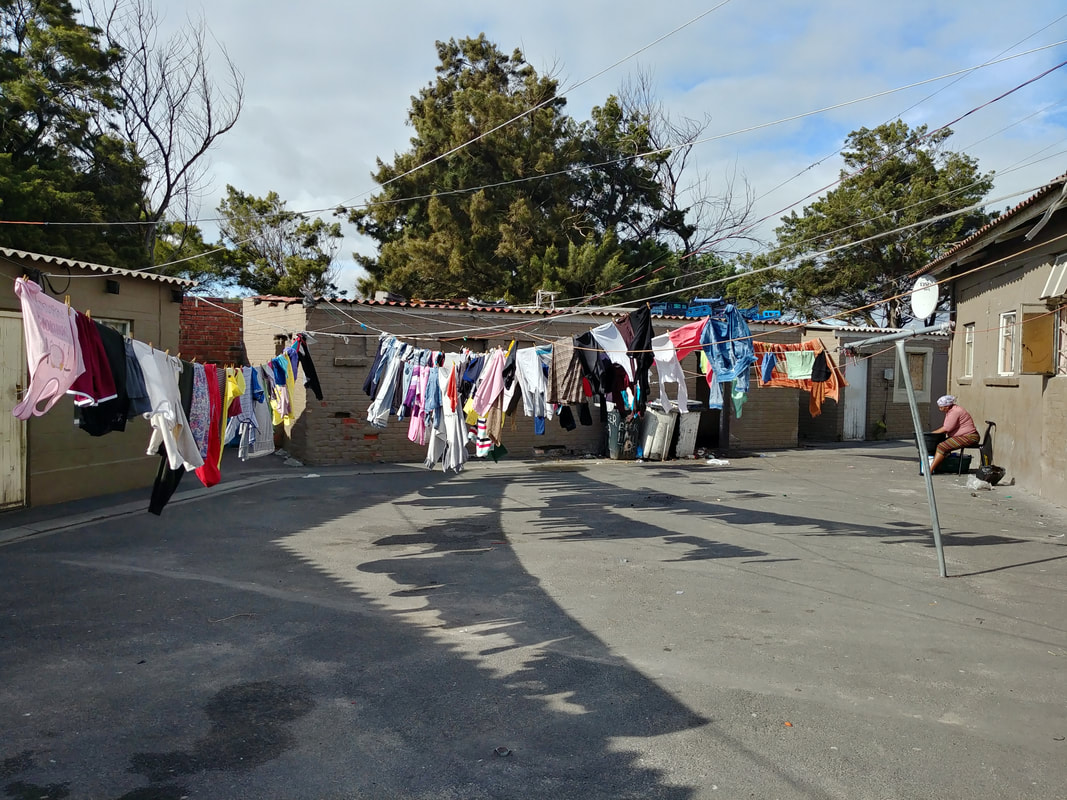
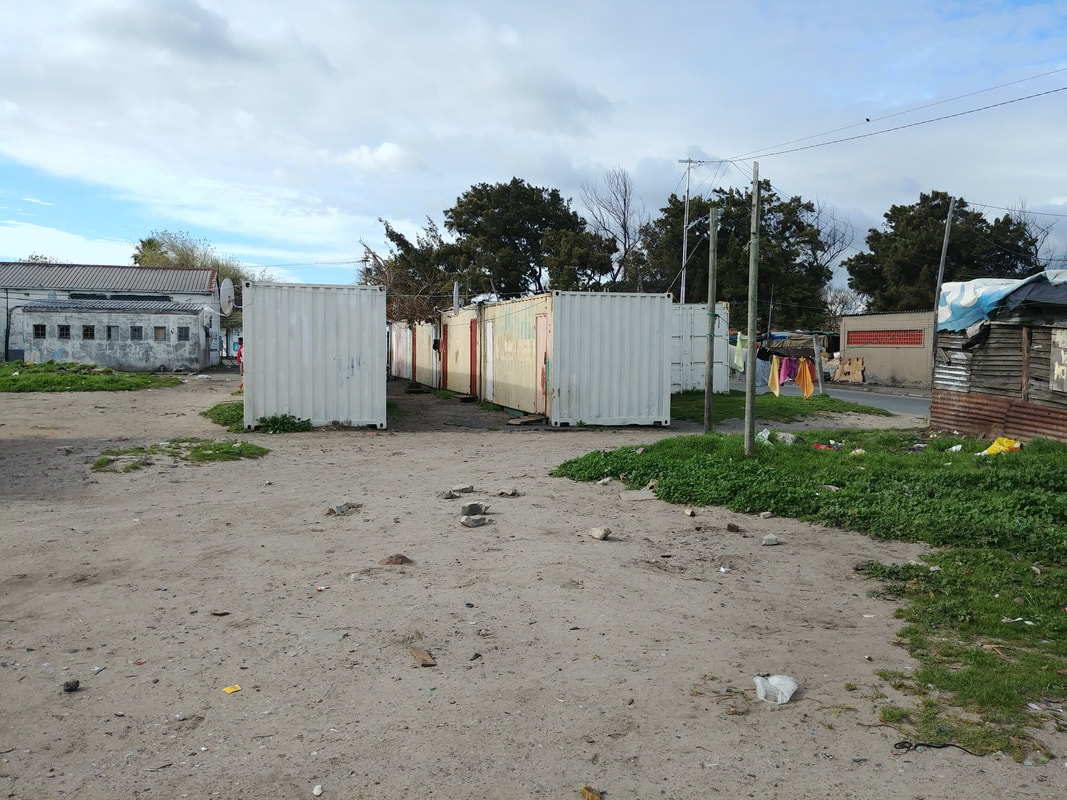
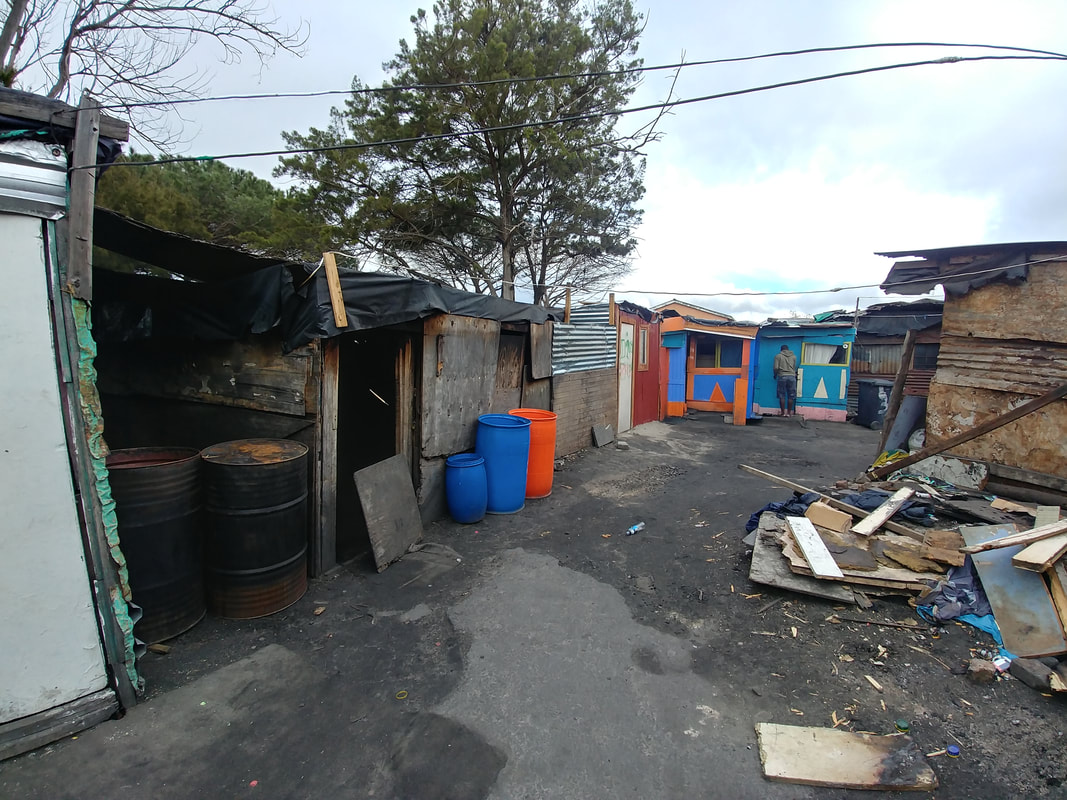
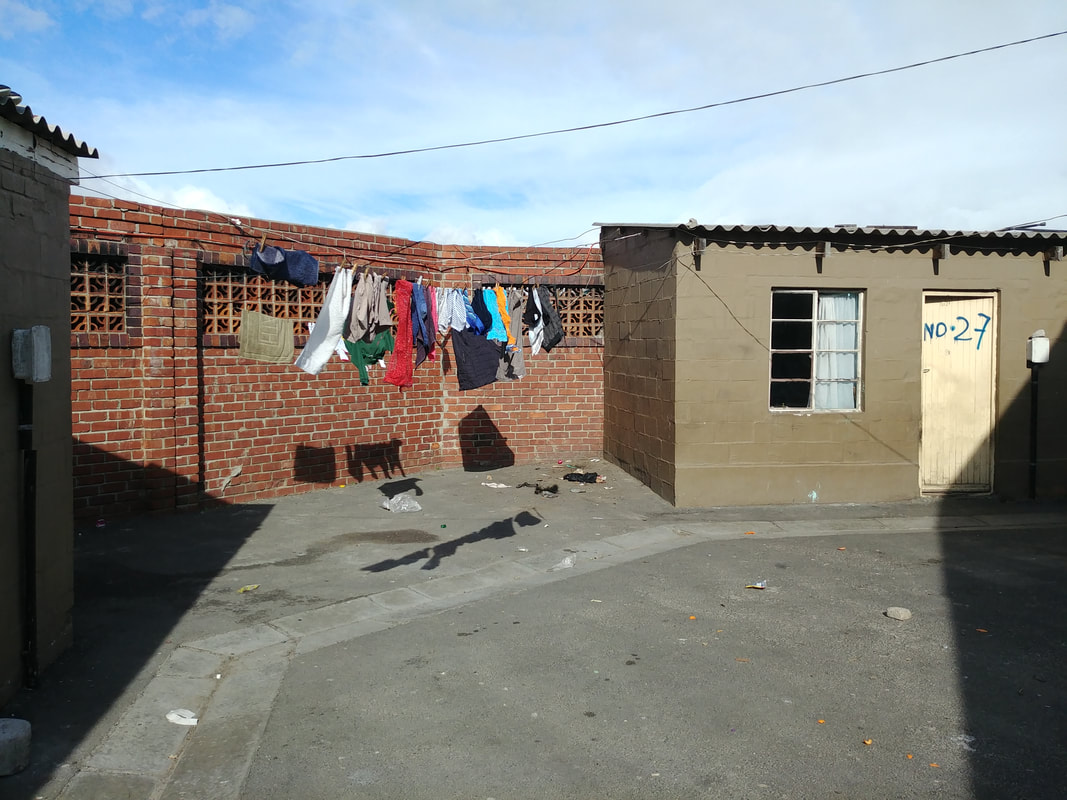
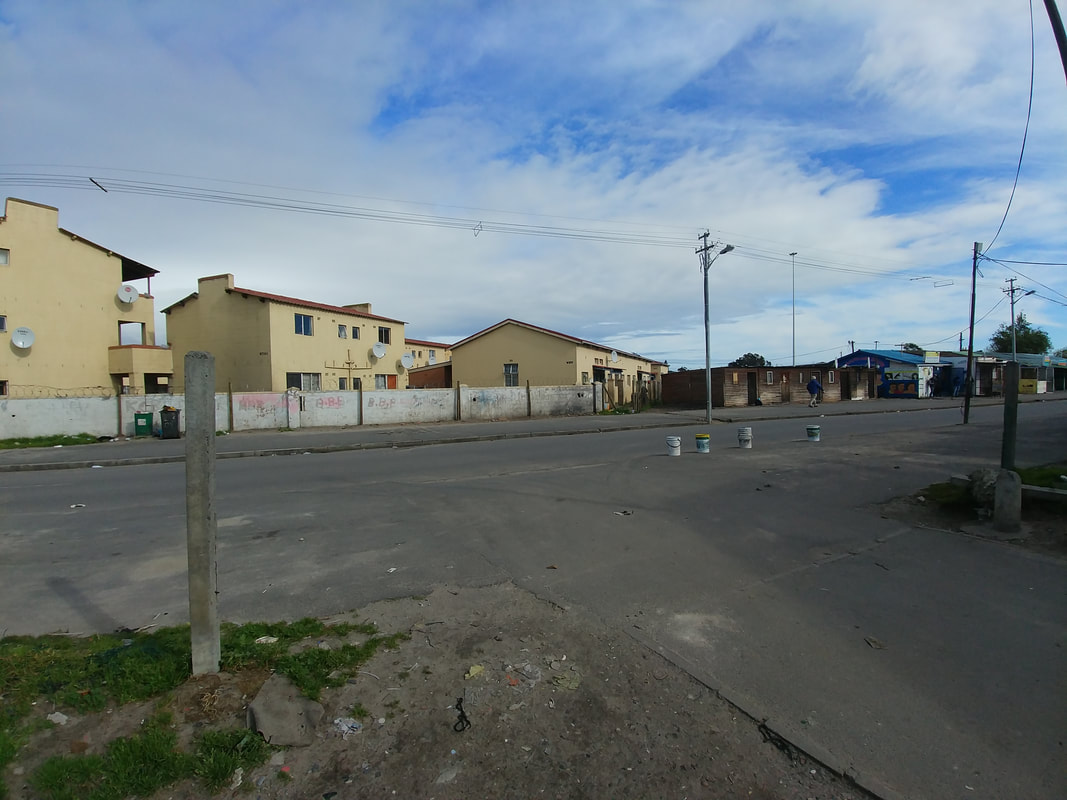
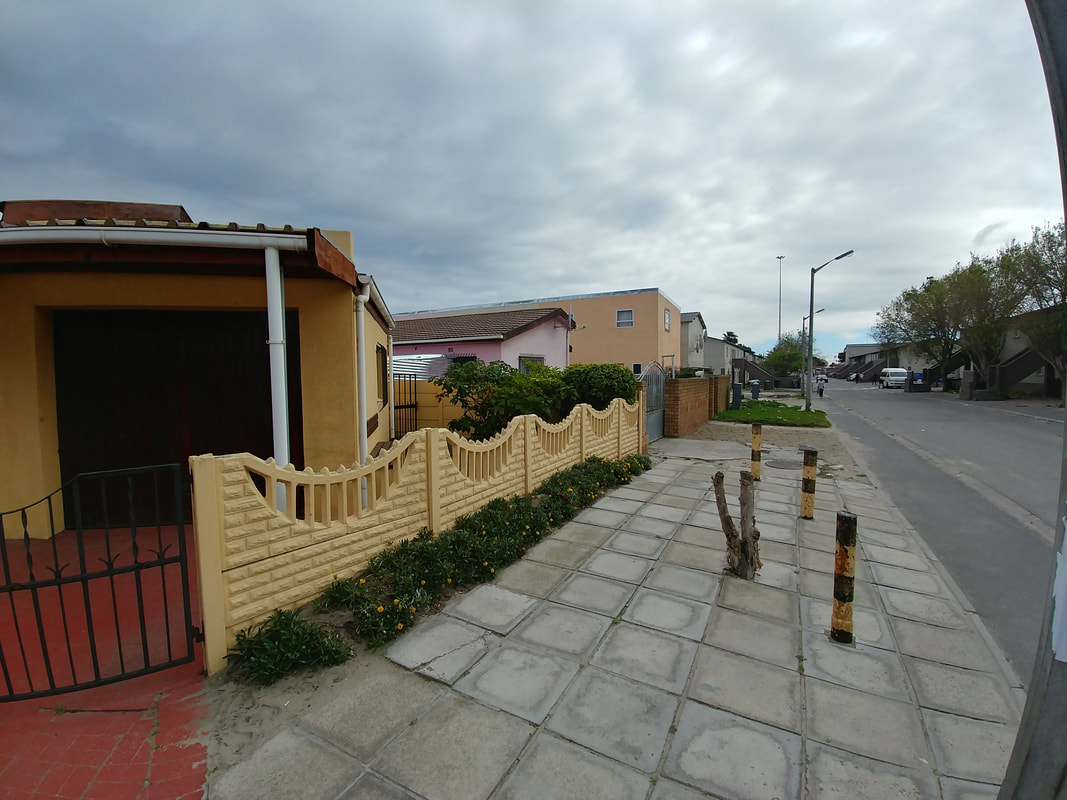
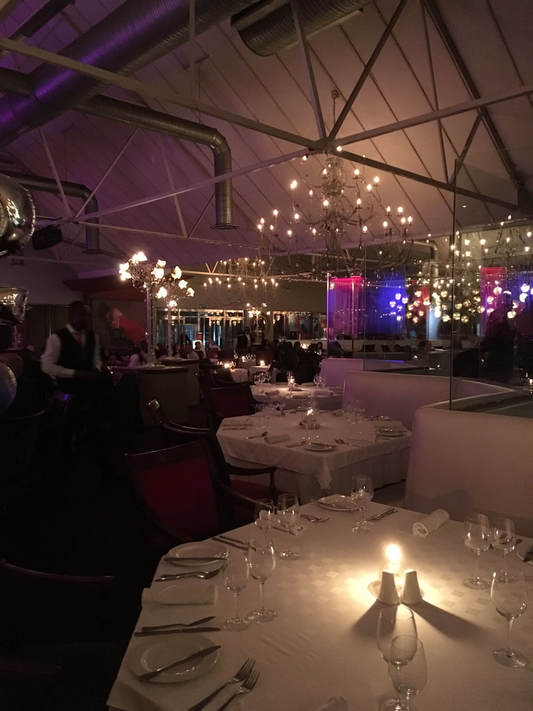
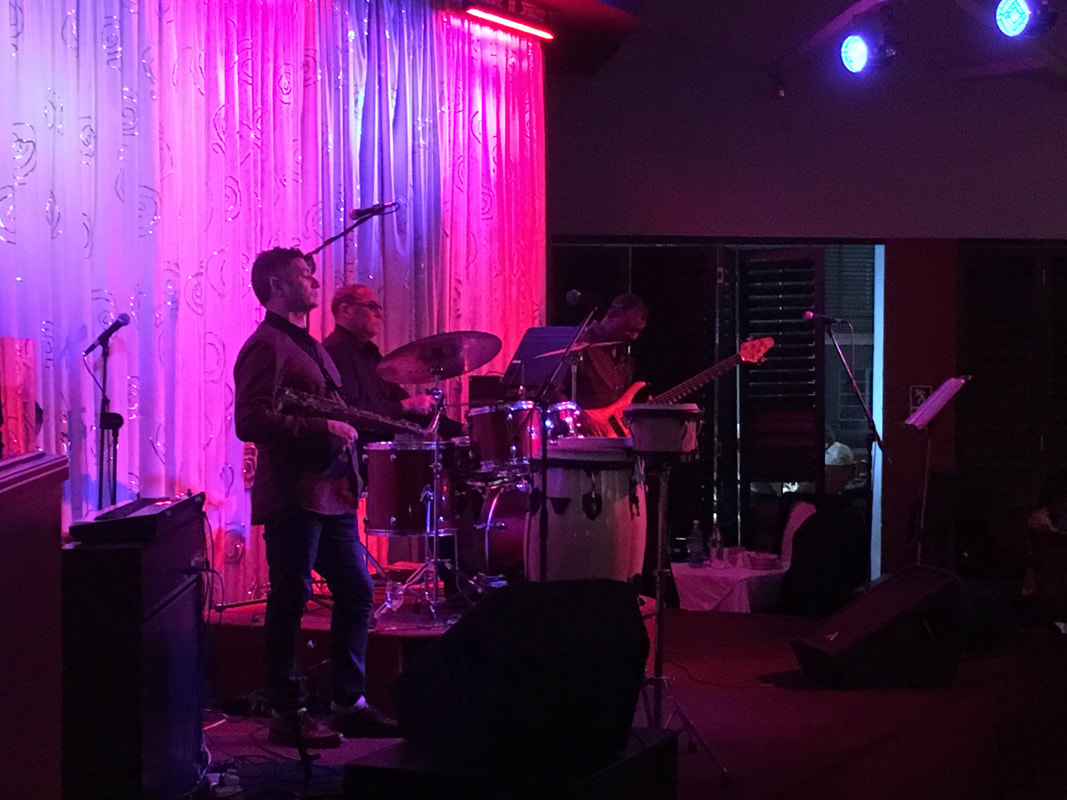
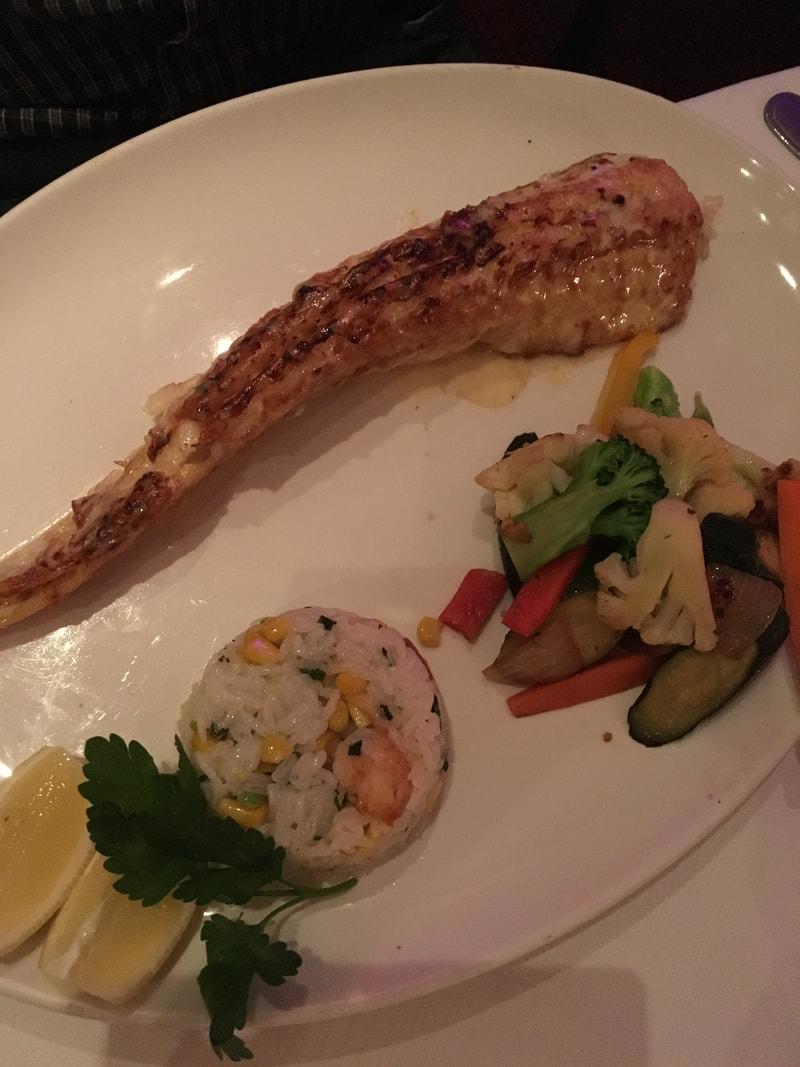
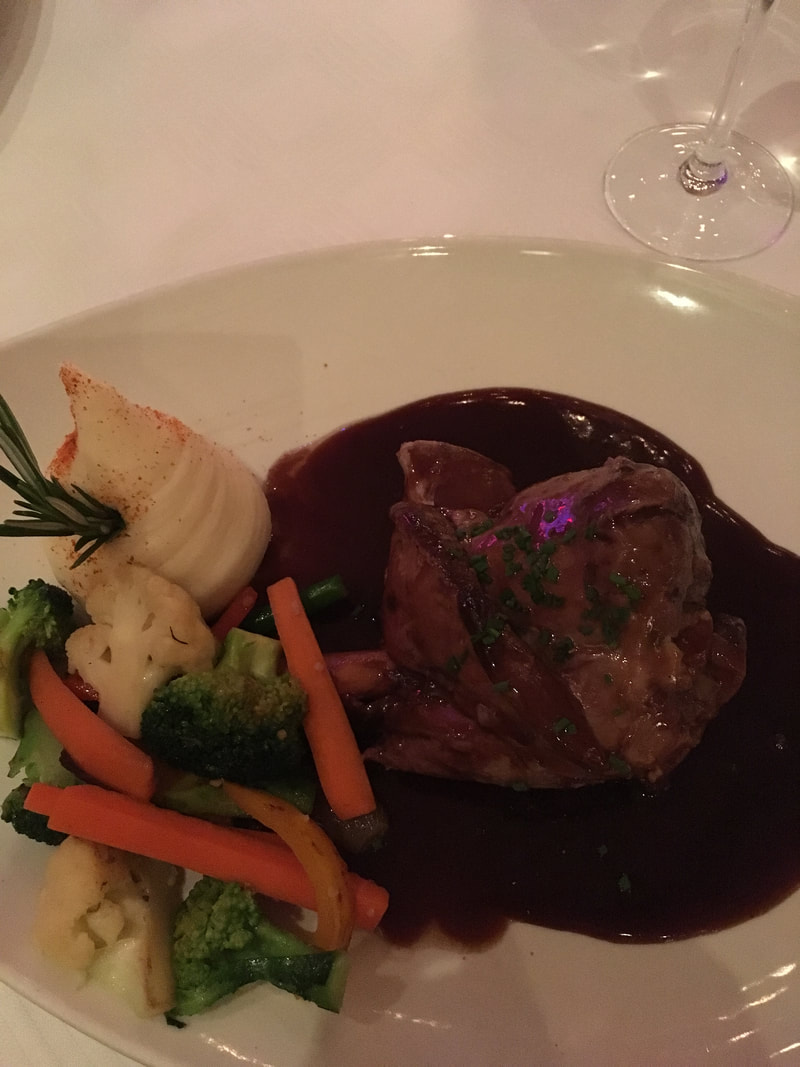
 RSS Feed
RSS Feed